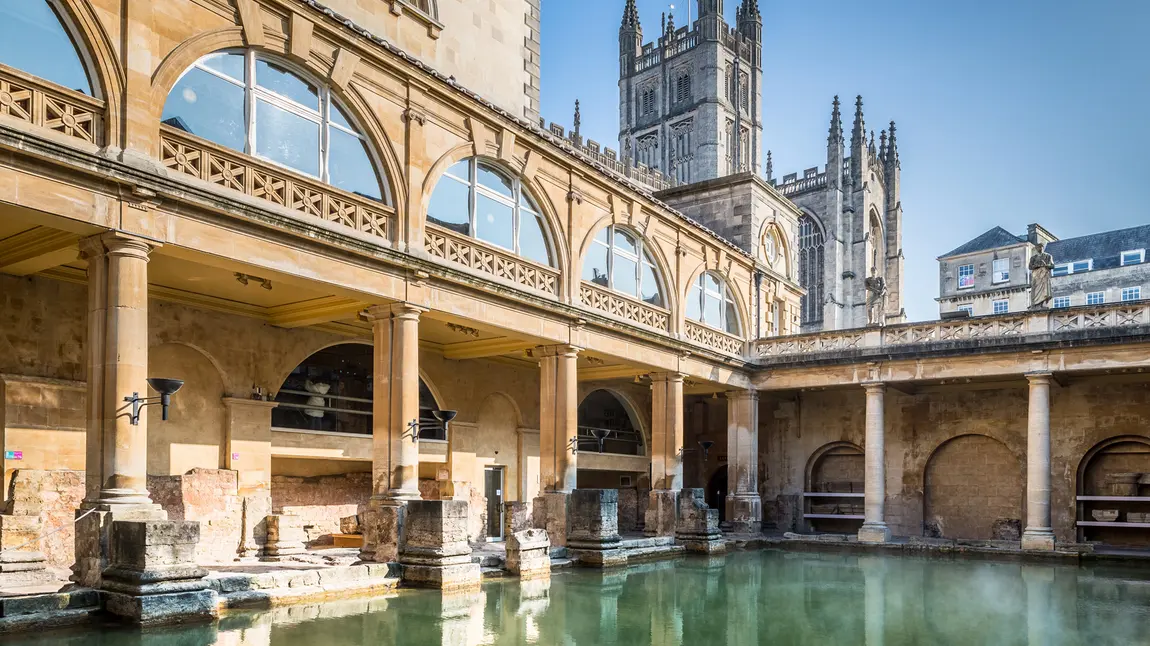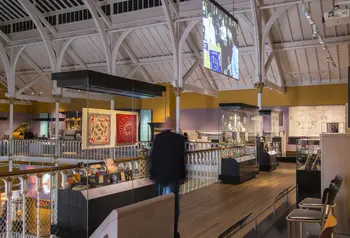UK PLC: New figures reveal overseas visitors to heritage are driving the UK’s tourism economy

Overseas visitor spend on heritage trips totalled £7.4billion in 2015 - 42 per cent of the total £17.5bn spend made by visitors to heritage attractions, which also included domestic overnight visitors (£4.7bn/27 per cent) and day trippers (£5.3bn/31 per cent).
Since the last time HLF carried out this analysis in 2013, total heritage visits have been stable but spending is up by 9% having been boosted by an 18% increase in international visits.
Ros Kerslake, Chief Executive of HLF, said: “Our previous research showed that heritage is a key motivating factor driving the UK’s tourism economy, particularly with overseas visitors; however these new figures reveal just how significant international tourists are to the UK’s economy – spending twice as much as their domestic counterparts. It is therefore essential that the UK continues to champion our unique heritage in order to attract more visitors, both in the UK and further afield.”
Other results from the research, which was produced by Oxford Economics on behalf of HLF, show that:
- Heritage tourism is a vital part of the UK economy. In 2015, domestic and international tourists made 192m trips to visit the UK’s cultural, historic and natural heritage assets
- The heritage tourism sector generated a £20.2bn** Gross Value Added (GVA)*** contribution to UK Gross Domestic Product (GDP) and 386,000 jobs
- The largest economic contribution is made, unsurprisingly, in London, where the heritage tourism sector is estimated to have supported a £5.7bn GVA contribution to UK GDP in 2015. However the relative importance of heritage tourism is greatest in the North East, Wales, and Scotland. Including direct, indirect and induced impacts**, the sector provided nearly 2% of the total economic output (GVA) produced in each of these. That is substantially higher than in the equivalent figure for the UK overall, at 1.1%
The heritage tourism sector in the South East contributed £2.2bn of the region’s GVA, and in Scotland £2.1bn. In the South West, North West, Yorkshire and Humber, East of England and the West Midlands, heritage tourism made a contribution to total regional GVA of between £1bn and £2bn. And in Wales, East Midlands, North East and Northern Ireland, heritage tourism made contributions to economic output of between £470,000 and £1bn.
The report, The Impact of Heritage Tourism for the UK Economy 2016, is the second follow-up to Investing in Success, HLF’s original report on heritage tourism, published in 2010 in partnership with VisitBritain. The three reports analyse the impact of the heritage-based visitor economy and highlight the importance of continued investment from leisure, culture and heritage budgets in supporting UK tourism.
Bernard Donoghue, Association of Leading Visitor Attractions (ALVA), said: “The economic contribution which heritage makes to local, regional and national economies is, as these figures reveal, hugely significant. Our heritage is a rich, valuable, ever-delivering asset. Our living heritage is rightly valued for its cultural, educational, aesthetic and historical importance but we can now also clearly see that it is an economic driver for inbound tourism to the UK, as well as sustaining domestic tourism too.”
ENDS
Notes to editors
The reports
- The 2010 report established that the heritage tourism sector made an even bigger contribution to UK GDP than the advertising, car manufacturing or film industries
- Updated figures in 2013 illustrated that heritage had become an even more important motivating factor for both international and domestic visitors
- Overall the data highlights the importance of continued investment from leisure, culture and heritage budgets in supporting tourism and its ability to help the UK economy
- *Cultural, historic and natural heritage attractions refer to museums, theatres, historic houses, historic parks or natural landscapes such as wetlands and national parks
- ** Direct, indirect and induced impacts – total economic impact taking account of supply chain and employee wage and salary expenditures
- ***GVA is a measure of the value of goods and services produced in an area, industry or sector of an economy. GVA is linked as a measure to gross domestic product (GDP)
- GVA + taxes on products – subsidies on products = GDP
